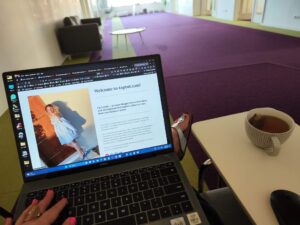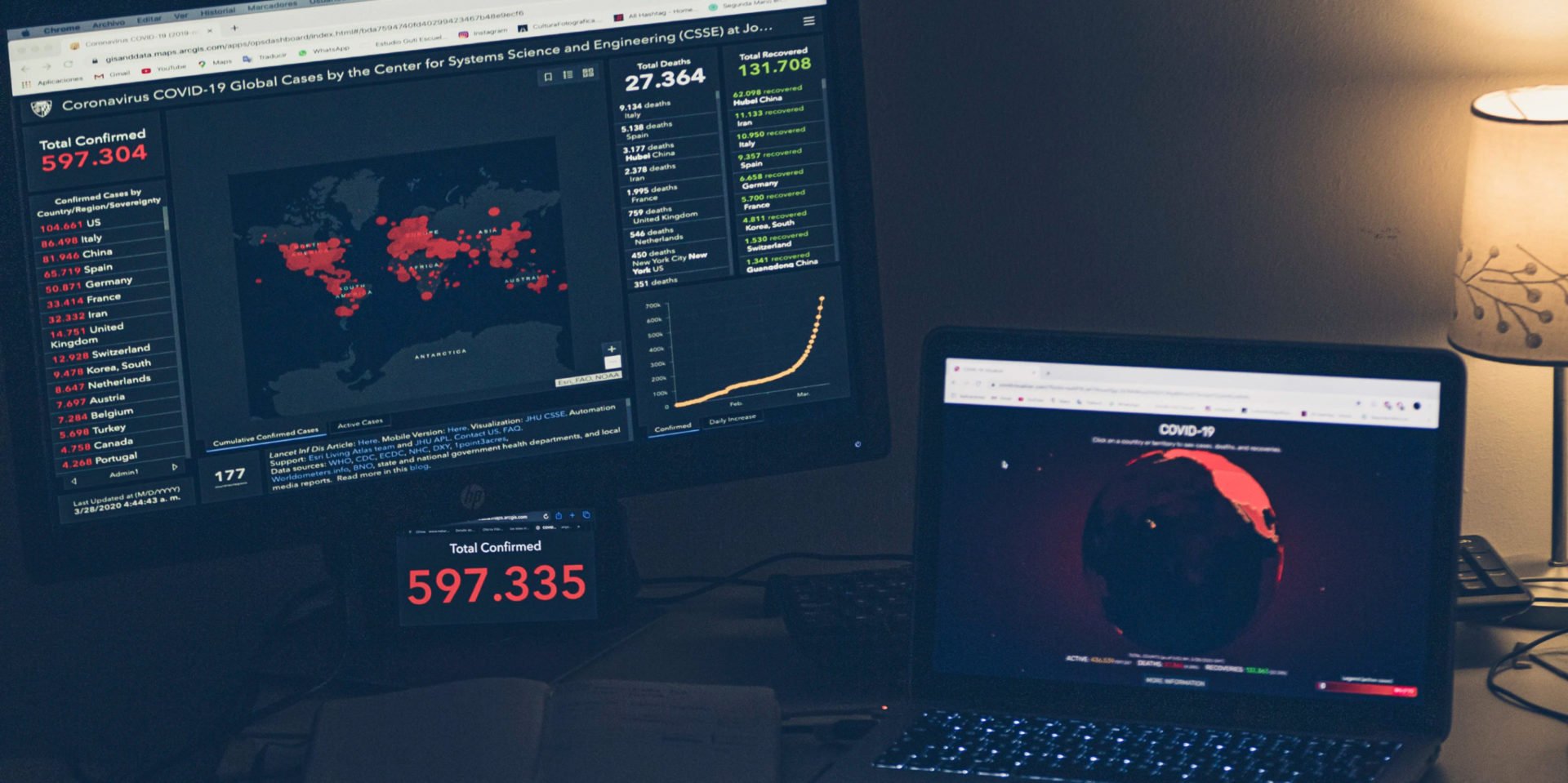Seriously, how to “Work From Home” during quarantine? In my position at Google, I prompt individuals on the best way to utilize their time as effectively as could reasonably be expected. When telecommuting, my efficiency systems are much progressively significant in light of the fact that I don’t have the normal structure of a day at the workplace, such as driving to work, strolling to gatherings, or running into colleagues. At the point when your home turns into your office, you have to get familiar with an entirely different everyday practice.
Completing work when your partners aren’t genuinely with you has been the standard at Google for some time (in certainty 39 percent of gatherings at Google include representatives from at least two urban communities). In any case, it probably won’t be for everybody, and numerous individuals around the globe are currently winding up in new work circumstances. So I set up a portion of my go-to efficiency tips—regardless of where you’re working—and a couple of things I’ve found out about how to complete everything from home.
Assign your “spot” where you work (and where you don’t)
It’s anything but difficult to pull your PC up to your kitchen table or thud on the sofa and begin working. Be that as it may, a steady room, spot, work area or seat that you “go to” consistently to work enables your mind to relate that spot (scents, sights, and sounds) with completing work. Set up certain things you had in your work area, similar to photos of your companions or family. Get another mousepad you love. Stock your go-to snacks on a little rack. What’s more, similarly as significant as making your “work spot” is deciding the zones where you don’t work. Perhaps you never bring your PC upstairs or into your room. This makes mental separation and permits you to unwind regularly despite the fact that your work is at home with you.

Use Hangouts Meet like a genius.
You’ll presumably be investing more energy in video talk—for our situation, Hangouts Meet. Here are a couple of stunts for Meet at home: bring down your video quality when you’re encountering transfer speed limitations or postponements, dial into a video call however get sound through your telephone, and subtitle your gatherings to ensure everybody can follow. In case you’re requiring a few (virtual) human association, set up a motivation less video talk with your group or companions in the workplace—it is anything but a conventional gathering, simply time to visit and check-in with one another.
Practice “one tab working.”
On the off chance that you don’t have an enormous screen or your typical screen arrangement at home, it’s significantly progressively critical to concentrate on each Chrome tab in turn. In case you’re on a video call from your PC, limit every single other tab and spotlight on the discussion—simply like you would take care of your telephone or close your PC in a gathering to remain locked in.
Put on a show.
Fight the temptation to wake up and begin working in bed—it doesn’t enable your cerebrum to get in the “disposition” of being profitable. Adhere to your typical schedules like an early run, getting dressed, having breakfast, at that point “driving” to your new workspace. Remaining in your nightwear, while agreeable, will cause you to feel less like it’s a standard workday and make it harder to complete things.
Play around with your calendar and vitality.
The uplifting news about telecommuting? No drive. Think about this as an opportunity to try different things with interchange calendars and finding your “organic prime time.” If you’re a morning individual, have a go at awakening and chipping away at something for somewhat, at that point taking a break early in the day. In case you’re a night owl who likes to rest somewhat later, move your calendar to complete more work in the later evening when you may have been driving home. Efficiency isn’t just about what you’re doing, yet more significantly when you’re doing it.
Telecommuting doesn’t mean working constantly.
Perhaps the hardest thing about telecommuting is defining limits. Leave your PC in your workspace and possibly work when you’re in that spot. Pick when you’re “accomplished for the afternoon” by setting working hours in Google Calendar to remind individuals when you’re accessible. Take mental breaks the manner in which you would in the workplace—rather than strolling to a gathering, stroll outside or call a companion.
Make your every day plan for the day the day preceding.
Some portion of remaining on target and setting a work routine at home is rattling off what you need to do in a day. I made a day by day plan layout (you can utilize it as well!) that causes me to make 60 minutes by-hour plan of what I mean to do. On the off chance that you round it out the prior night, you’ll wake up in the attitude of what you have to do that day.
Finish that one thing you’ve been significance to do.
Working in the workplace can be go-go-go and once in a while takes off alone time or personal time to complete things. Telecommuting is an opportunity to make up for lost time with a portion of your person to-do’s— – finish those costs, conceptualize that long haul undertaking or read the article you bookmarked perpetually back. Set up a progressing list in Google Keep and allude back to it when you have pockets of personal time.
Cut yourself (as well as other people) a little room to breath
A few people just have a one-room studio and are going through their days there. A few people have companions who are telecommuting, kids at home, or canines at home (I have every one of the three!). The network may be increasingly slow maybe some yelping out of sight, however, simply recall everybody is putting forth a valiant effort to make telecommuting work for them.
Data analytics expert. As an analyst and project manager, I have proven to be a strong leader and team player in maintaining a suitable workspace for workers and industries in the oil and gas sector.
By taking into account various factors, with the assistance of state of the art technologies and the utilization of Big Data Analytics.
This includes considering various aspects like volume, velocity, variety, veracity, value together with complexity.
With the recent advent of data recording sensors in exploration, drilling, and production operations, oil and gas industry has become a massive data intensive industry.






